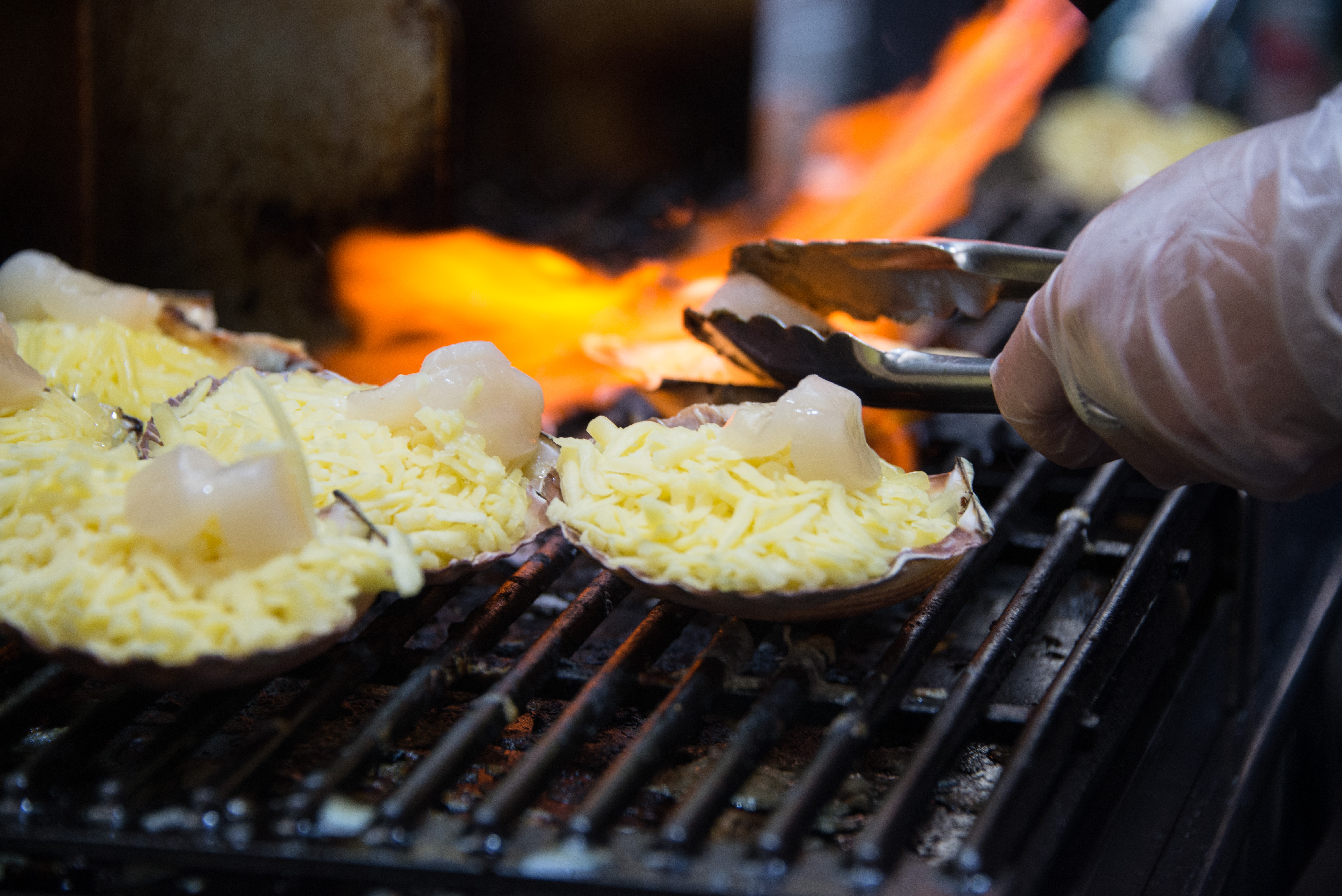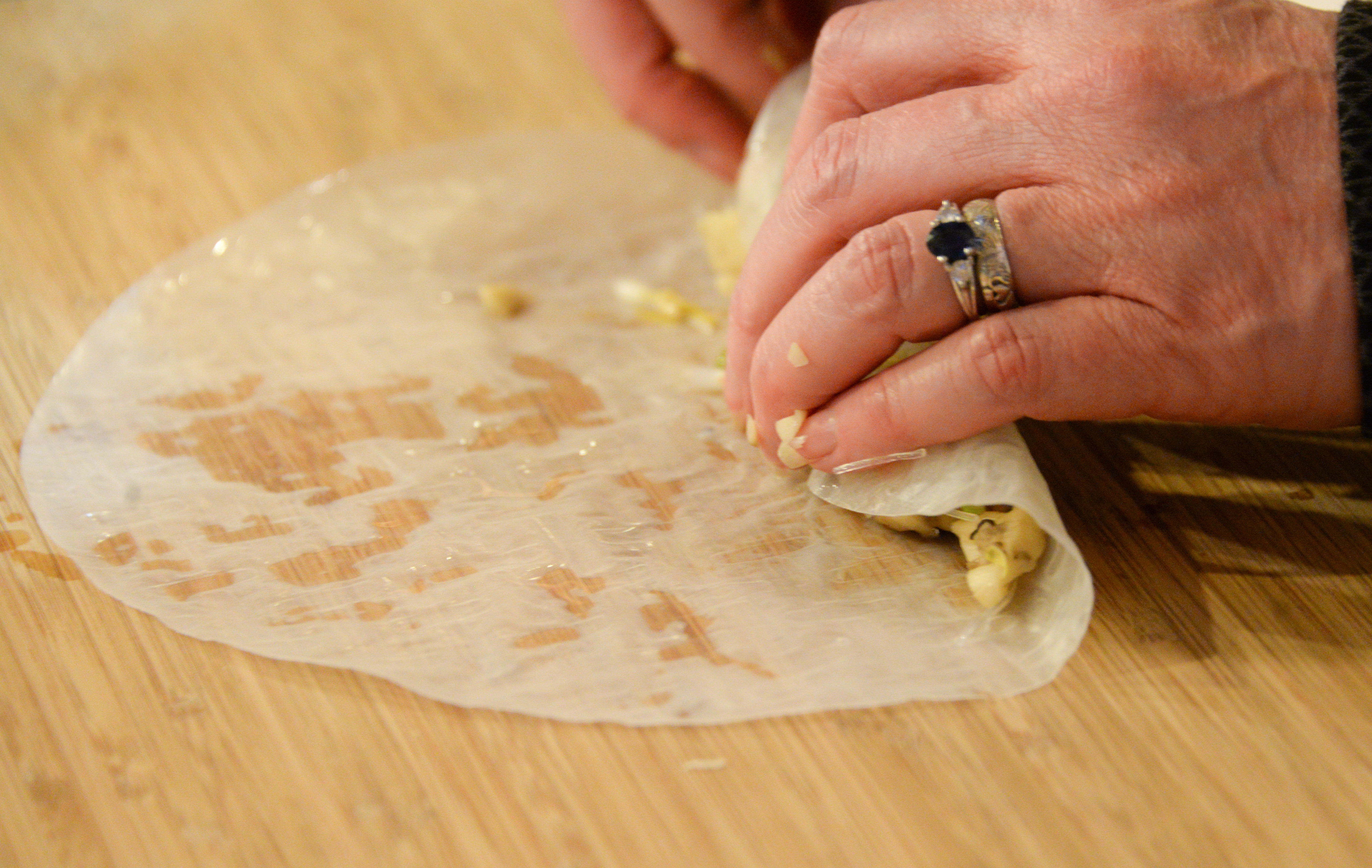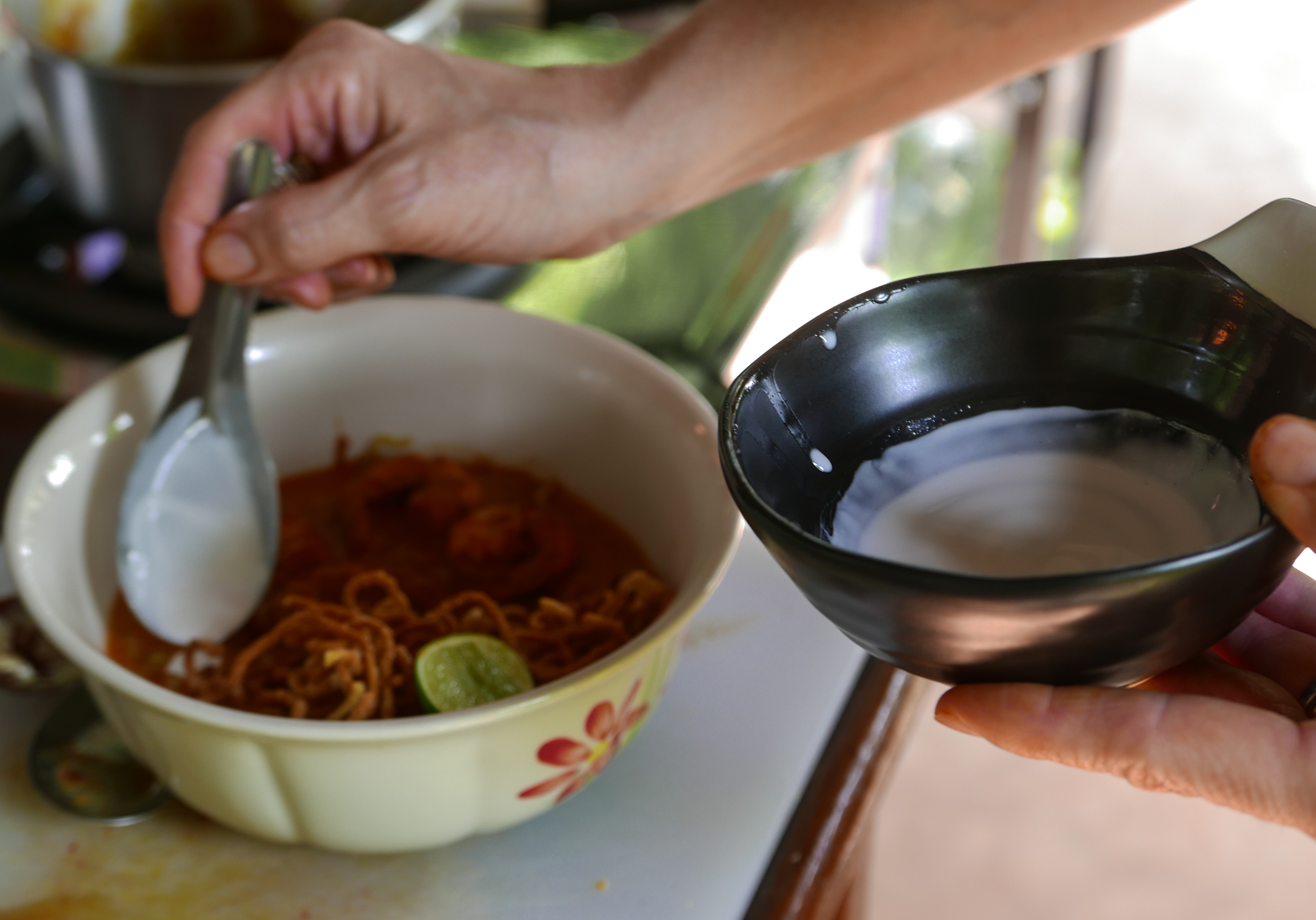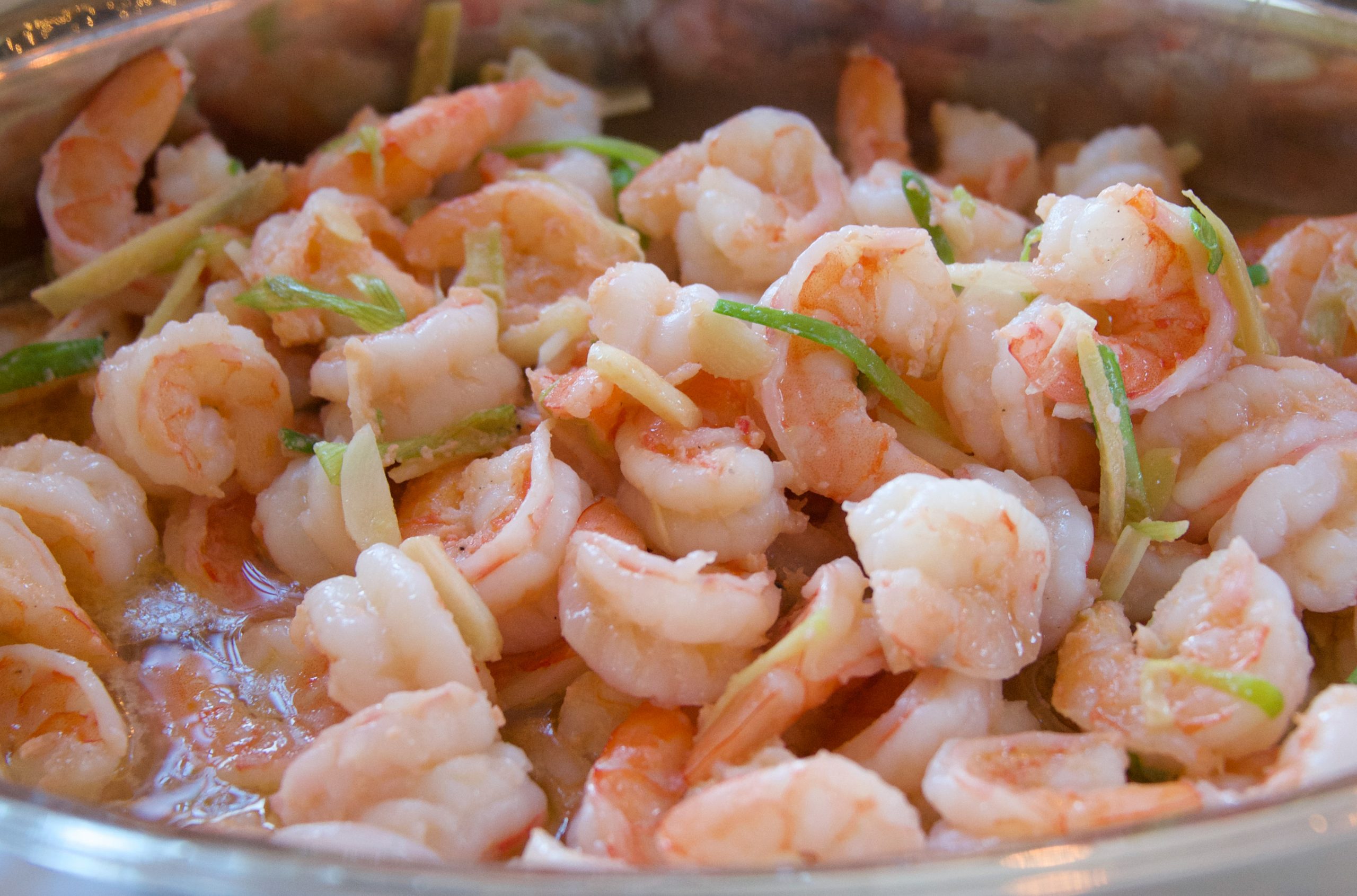9 Tools for Grilling Seafood
Whether you’re a newcomer to or longstanding fan of seafood, the thought of grilling fish and shellfish can be intimidating. I used to worry about what would happen after I placed a delicate piece of fish onto a searing hot grill. I might cook it too long or not long enough. If I did grill it correctly, the fish might stick to or fall through the grate. Even if the fish made it safely to the dinner table, it could end up as dry and flavorless as parchment paper. Rather than avoid grilling seafood, I selected several tools to ease my concerns and enhance my grilling techniques. With the exception of the grill itself, none were costly. Yet, all helped to make my grilled shrimp, clams, salmon, tuna and other fish look and taste delicious. The Tools Grill or grill pan – If you already own a grill, you can skip this suggestion. If you don’t have one, you should decide whether you want to cook with gas, charcoal or electricity. Once you’ve determined your …



